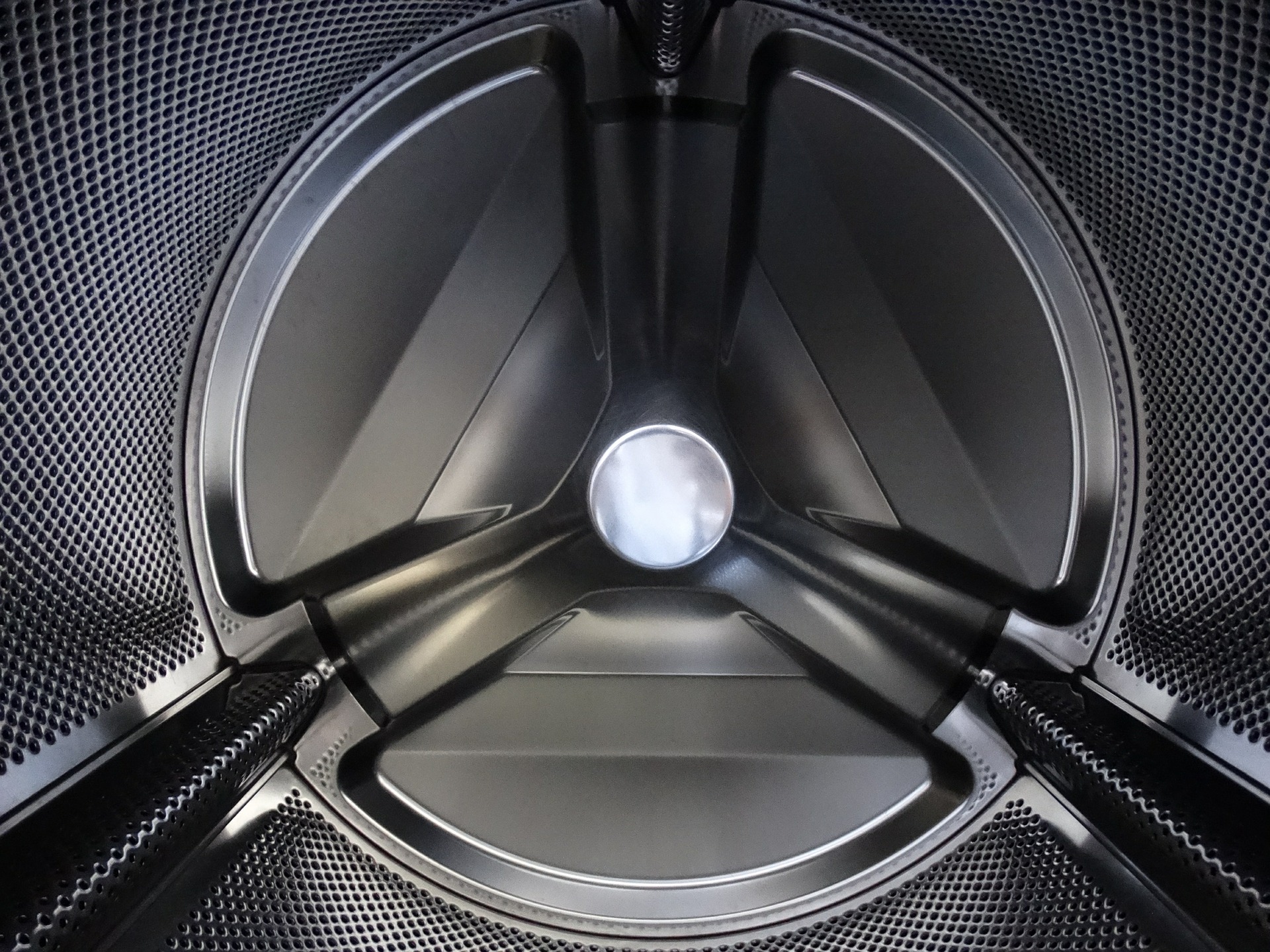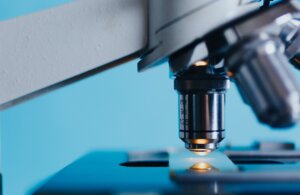Microfiber recovered from sea salt. (Credit: Lisa Devriese/ILVO)
After decades of intense observation and campaigning by conservation groups, awareness of microplastic pollution has fortunately grown. There is now worldwide concern about tiny pieces of plastic litter that are having a harmful impact on marine species and habitats.
According to an article on Theconversation.com Large plastic litter has already been identified as both an eyesore and a danger to turtles, seabirds and marine mammals. So the scene was already set for mass action against microbeads and other forms of tiny plastics, which are present in things such as shower gels and beauty products.
But most of the small plastic we find doesn’t come from your face wash. It is formed from the breakdown of larger plastics such as bottles and bags.
Less widely known as a source of microplastic is the breakdown of synthetic fabrics, which forms tiny plastic fibres. Reports now indicate that these are the most common form of microplastic recovered from sediment and water samples. And the vast majority of these are produced during domestic clothes washing.
In the washing machine, abrasion of clothes removes tiny fibres which are too small to be caught by the machine’s filters. This may add up to hundreds of thousands of fibres from a single wash. These fibres are then carried in the waste water into the sewage system, but are far too small to be removed in the treatment plants where other solid materials and pollutants are caught.
As a result, the fibres escape into rivers and then oceans. The fibres which end up in the ocean come from every kind of synthetic garment – from your socks and swimsuits to pullovers and parkas.
Plastics break down very slowly in the marine environment, so the amount of fibres in the ocean increases year on year. And they do not stay still. Many plastics are buoyant, enabling them to float for thousands of miles and affect a wide variety of animals on their travels.
Laundry for lunch
As microplastics are so small, they are just the right size to be eaten by a range of marine species. Fish, crabs, lobsters, mussels, sea cucumbers and many other creatures are known to have ingested them. And while not all animals will be negatively affected, plastic ingestion has been seen to increase the number of deaths. Other animals have been observed feeding less, having lower fat reserves, and producing fewer offspring.
Electron microscope image of plastics recovered from stomachs of Scottish langoustine. (Credit: Natalie Welden)
Some of the species that eat plastic may end up on your own plate. We remove the stomach of most fish species, but invertebrates such as mussels are consumed whole (minus the shell). While there is currently no evidence of negative health effects linked with microplastic transfer from seafood, the fibres are definitely there, and the impact of plastic ingestion may affect the efficiency of fisheries and the nutritional value of our food.











